Meet the Author – The Marvelous Wonderettes
ROGER BEAN created the long-running hit The Marvelous Wonderettes (over 1,200 performances Off-Broadway), along with the sequels Wonderettes: Caps & Gowns, Winter Wonderettes, Wonderettes: Dream On, and the new large-cast Wonderettes: Glee Club Edition. Original cast albums for all Wonderettes shows are available from iTunes and Amazon. The Marvelous Wonderettes received the 2007 LA Ovation Award for Best Musical for its record-breaking Los Angeles run and continues to be an audience favorite in theatre companies throughout the country. Mr. Bean’s do-wop hit Life Could Be A Dream had a record-breaking 12-month run in Los Angeles, receiving the Los Angeles Drama Critics Circle Award, the LA Weekly Theatre Award, and the Backstage Garland Award for Outstanding Musical.
Other popular musicals created by Mr. Bean include The Andrews Brothers, Summer of Love, Route 66, Honky Tonk Laundry, and Why Do Fools Fall In Love?, all published by Stage Rights. More info at www.rogerbean.com

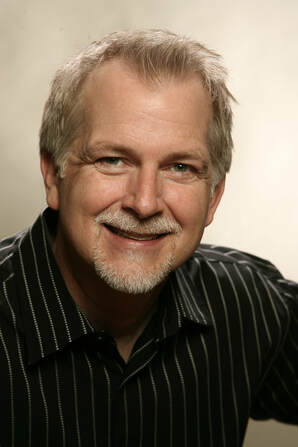
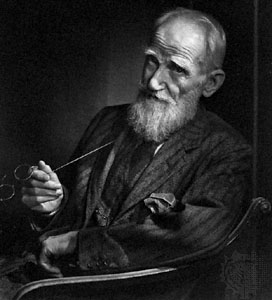


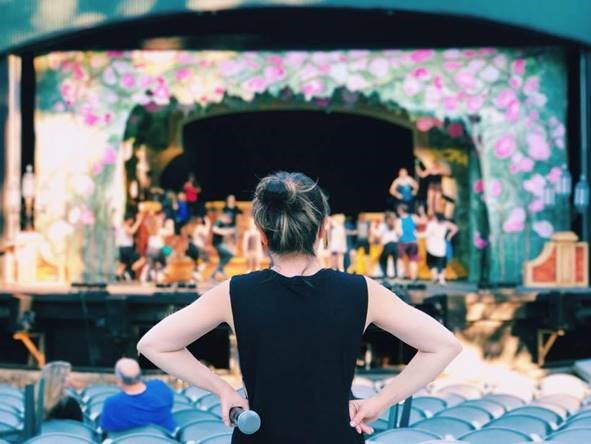


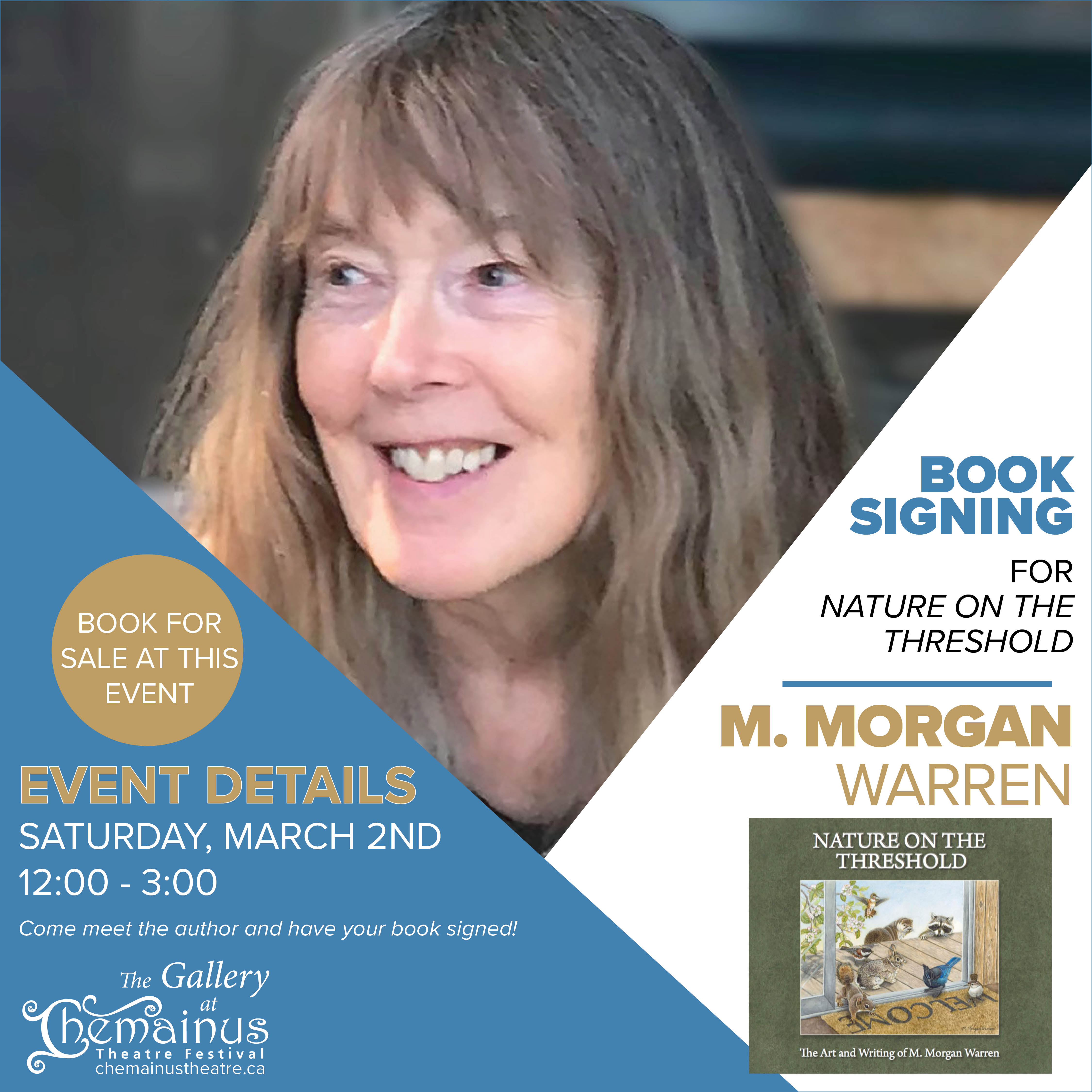
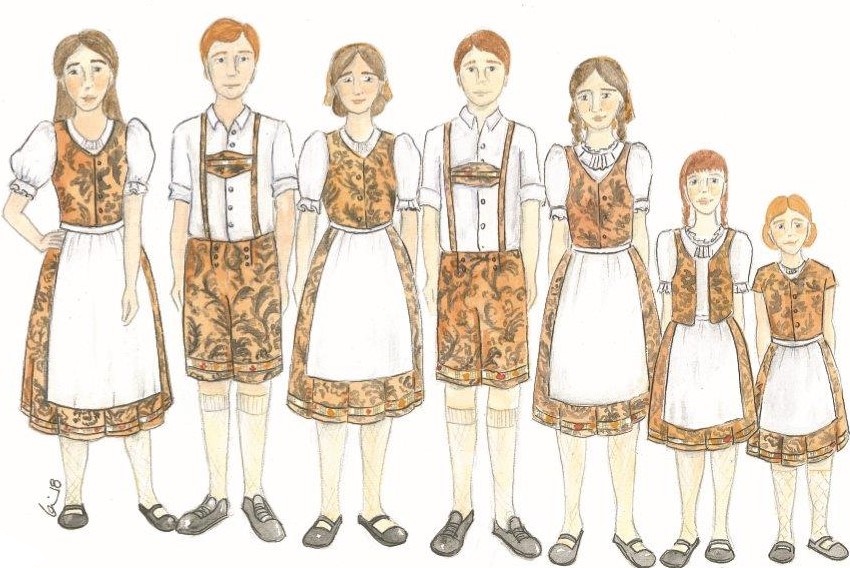
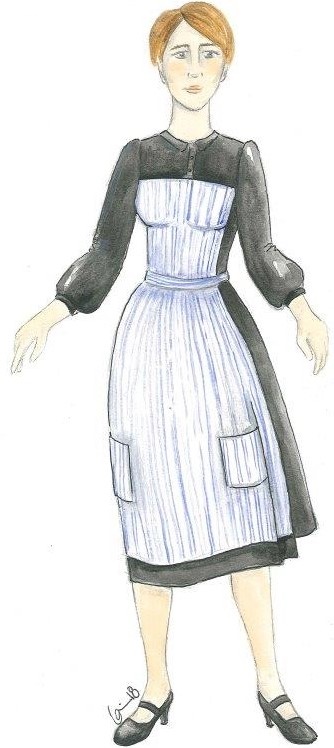
 What research goes into designing costumes?
What research goes into designing costumes? 
